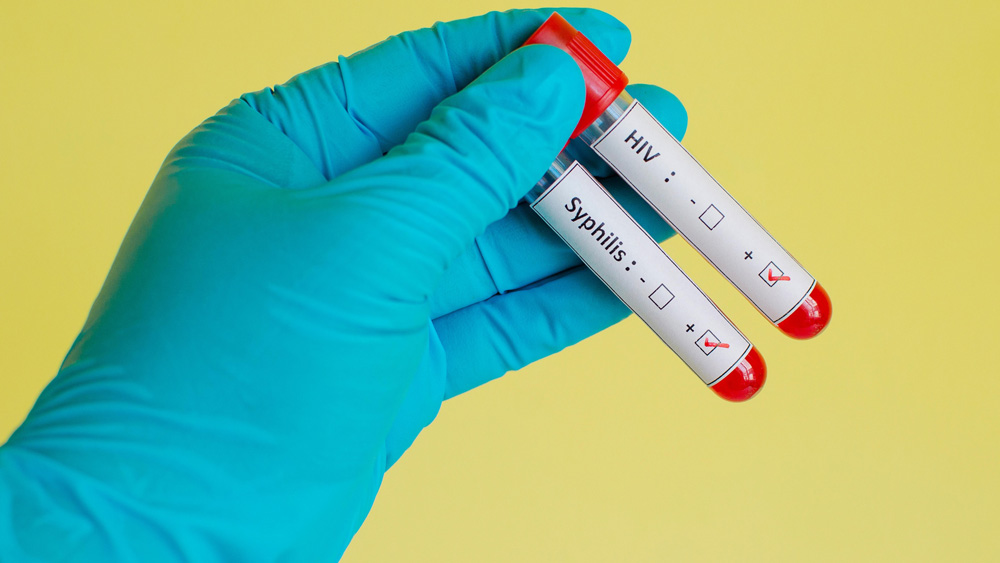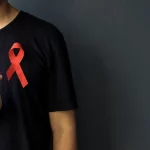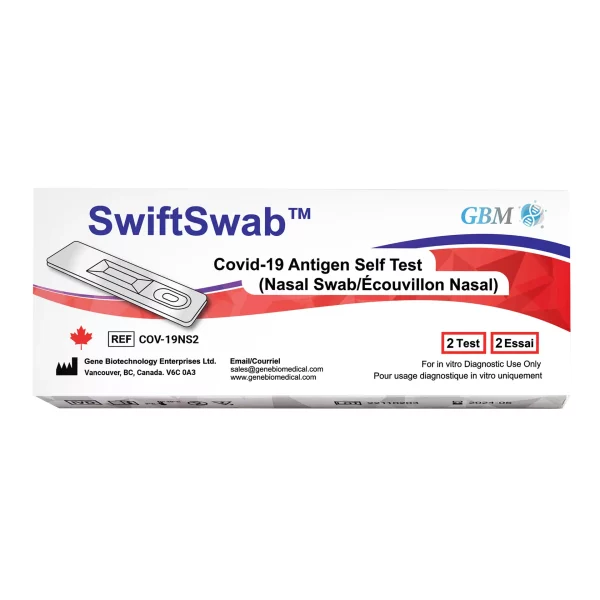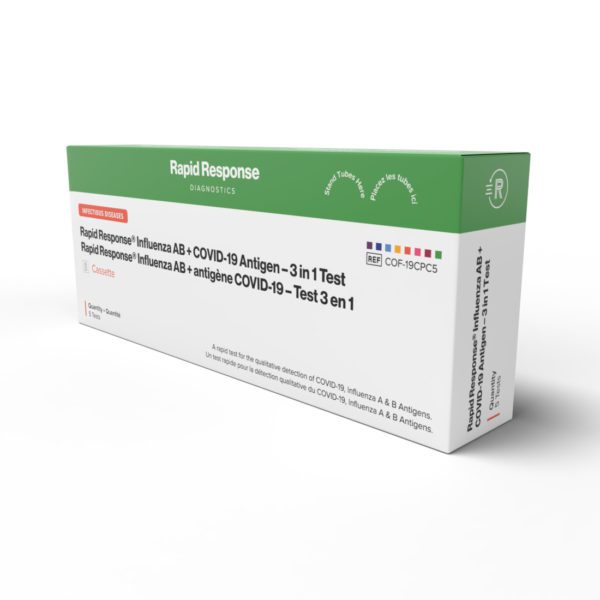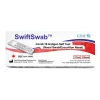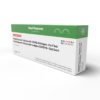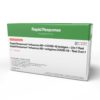Sexually transmitted infections (STIs) are a significant public health concern worldwide, and Canada is no exception.
Make STI testing a part of your healthcare routine since early detection and treatment can help in protecting you and your partner.
This comprehensive guide will explore how long it takes to get STI test results in Canada, as well as address common questions and concerns that you may have.
Overview of an STI (Sexually transmitted infection)
STIs, often interchangeably referred to as sexually transmitted diseases (STDs), are infections primarily spread through sexual contact. These infections can affect anyone who is sexually active, regardless of gender or sexual orientation, and are caused by:
- Bacteria
- Viruses
- Parasites
STIs can have varying degrees of severity, from mild infections that can be easily treated to more serious conditions that require long-term management.
What are the symptoms of an STI?
The symptoms of STIs can vary widely depending on the type of infection.
Common STI symptoms include:
- Unusual discharge from the penis or vagina
- Burning sensation during urination
- Sores or bumps on the genitals
- Pain during intercourse
However, many people who are infected with STIs are asymptomatic, meaning they don’t show any visible symptoms or experience any symptoms at all. If you’re sexually active, you need to be tested regularly to protect your and your partner’s sexual health.
Who should be tested for STIs?
Anyone who is sexually active should consider regular STI testing. This is particularly important for those who:
- Have multiple sexual partners
- Don’t consistently use protection, such as condoms
- Have had sexual contact with someone who has an STI
If you share needles for drug use, it’s also advised to do regular STI testing as this can also be a mode of transmission for some STIs like HIV.
What STIs should you be tested for?
When it comes to STI testing, there isn’t a one-size-fits-all approach. The specific STIs you should be tested for depend on various factors, including the following:
- Your sexual activity
- Sexual partners
- Personal health history
Here’s an overview of the STIs that are commonly tested for.
- Chlamydia and gonorrhoea. These are two of the most common bacterial STIs. Testing involves a urine sample for men or a swab of the genital area for women. Testing may also be done via a throat or rectal swab if you have engaged in oral or anal sex.
- Syphilis testing typically involves a blood test, although if you have a sore or lesion, your healthcare provider may also take a sample from it for testing.
- Human immunodeficiency virus (HIV). HIV testing is typically done using a blood sample or a rapid oral swab test. It’s often recommended for anyone who is sexually active, particularly if engaging in high-risk behaviours or if you’ve had unprotected sex with a new partner.
- Herpes (HSV-1 and HSV-2). Testing for herpes can be done through a swab of a sore or lesion or through a blood test. However, blood tests for herpes are not always reliable, especially for detecting HSV-1 (oral herpes), which is very common and often asymptomatic.
- Human papillomavirus (HPV). HPV testing for high-risk strains is typically done as part of a cervical cancer screening (Pap smear) for women. There is no routine test for HPV in men, but genital warts caused by HPV strains can often be diagnosed through visual inspection.
- Hepatitis B and C. Testing for hepatitis B and C involves a blood test. Hepatitis B testing may be recommended for sexually active individuals, especially those who are not vaccinated against hepatitis B. Hepatitis C testing is often recommended for individuals with a history of injection drug use or who have received blood transfusions before 1992.
Aside from these specific STIs, your healthcare provider may also recommend testing for other infections based on your sexual behaviour, such as trichomoniasis or bacterial vaginosis. Have an open and honest conversation with your healthcare provider about your sexual history and any concerns you may have to determine the most appropriate testing regimen for you.
STI incubation periods
An incubation period is the time between exposure to an infection and the appearance of the first symptoms. For STIs, this period can vary.
Here’s the incubation period for the common STIs.
- Chlamydia and gonorrhoea: 1 to 3 weeks after exposure
- Primary syphilis symptoms: 3 weeks to 3 months after exposure
- Herpes initial symptoms: 2 to 12 days after exposure
- Acute HIV infection symptoms: 2 to 4 weeks after exposure
- Acute Hepatitis B symptoms: 2 to 6 months after exposure
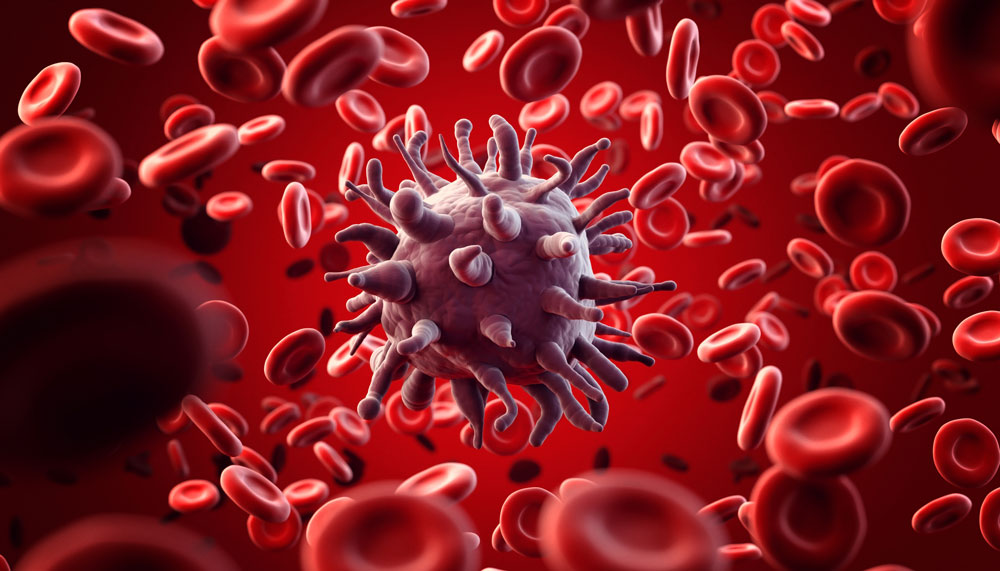
How soon can a person get tested?
When you can get tested depends on the incubation period of the STI in question, the type of test being used and the circumstances of potential exposure. Testing too soon after exposure might not yield accurate results.
STI testing chart
The STI testing chart outlines the following:
- Specific STIs
- Incubation periods
- Recommended time for testing post-exposure
- Types of tests used
Use this hand guide to know when you need to consult your healthcare provider for appropriate and timely testing.
| Sexually Transmitted Infection (STI) | Recommended Testing Method | Typical Testing Time Frame after Exposure | Incubation Period |
| Chlamydia and Gonorrhoea | Urine sample, genital swab, or blood test | 1 to 5 days after potential exposure | 1 to 3 weeks after exposure |
| Syphilis | Blood test or swab of sores or lesions | 1 to 3 weeks after potential exposure | 3 weeks to 3 months after exposure |
| Herpes (HSV-1 and HSV-2) | Blood test for antibodies | 2 weeks to 3 months after potential exposure | 2 to 12 days after exposure |
| Human Immunodeficiency Virus (HIV) | Blood test or oral swab rapid test | 2 to 4 weeks after potential exposure | 2 to 4 weeks after exposure |
| Human Papillomavirus (HPV) | Pap smear (for high-risk strains in women) | Routine screening every 3 to 5 years for women aged 21 to 65 | Varied, symptoms may develop months or years after infection |
| Hepatitis B and C | Blood test for viral markers and antibodies | 1 to 6 months after potential exposure | Acute symptoms: 2 to 6 months after exposure |
How long do STI test results take?
The amount of time that you need to wait before receiving your STI test results can vary depending on several factors, including the following:
- Type of test being performed
- Laboratory’s processing time
- Your healthcare provider’s practices
Here’s a breakdown of the typical timelines for receiving STI test results.
- Rapid tests. Some STI tests, such as rapid HIV tests or rapid syphilis tests, can provide results within minutes to hours. These tests are often performed on-site at healthcare clinics or testing centres, so you can the diagnosis immediately.
- Standard laboratory tests. Most STI tests, including those for chlamydia, gonorrhoea, syphilis, herpes and HPV, are conducted in a laboratory setting. The turnaround time for these tests can vary, but results are available within a few days to a week.
- Blood tests. These tests require a blood sample to be collected and sent to a laboratory for analysis. The time it takes to receive results can range from a few days to a week.
- Urine or swab tests. STI tests that use urine samples (for chlamydia and gonorrhoea) or swabs (for genital herpes or HPV) may have varying processing times and results are available within a few days to a week.
- Pap smear (HPV Testing). HPV testing as part of a pap smear or cervical cancer screening requires sending samples to a laboratory for analysis. Results are available within a few weeks, as the samples may undergo additional processing and testing.
If you’re awaiting STI test results, it’s normal to feel anxious or concerned about the outcome. You can discuss the expected timeline for receiving results with your healthcare provider and inquire about any available options for expediting the process. If you’re experiencing STI symptoms or if you’re at a higher risk for developing an STI, they may prioritise your case.
Follow up with your provider for results and any necessary follow-up care or treatment.
Benefits of STIs early detection and treatment
Learning that you have an STI can evoke a range of emotions, but early detection and treatment are crucial for several reasons.
- It can prevent the spread of the infection to others.
- Early treatment can significantly reduce the risk of long-term health complications, such as infertility or chronic pain.
- It can alleviate symptoms more quickly and reduce the duration of discomfort.
- Treating STIs in their early stages is more affordable than managing the complications that arise from untreated infections, such as hospitalizations, surgeries and long-term medications.
Key takeaway
Understanding the importance of STI testing, the process, and the time it takes for results is crucial for maintaining sexual health. That said, it’s important that you test regularly and learn the symptoms of different STIs.
